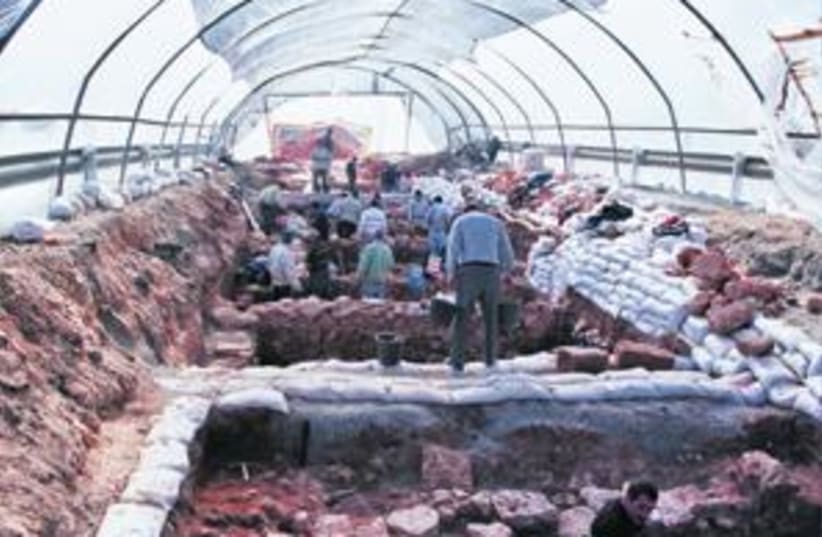| More about: | Hebrew University of Jerusalem, Pisgat Ze'ev, California, Jerusalem |
Train to antiquity
When ancient archaeological finds and the modern Light Rail collide - which prevails?


| More about: | Hebrew University of Jerusalem, Pisgat Ze'ev, California, Jerusalem |